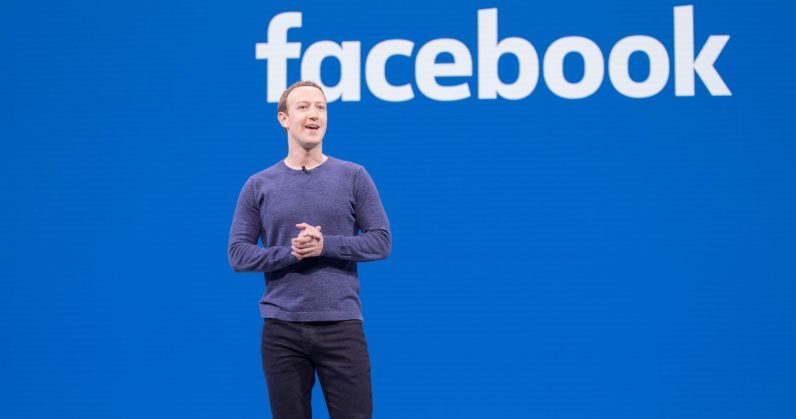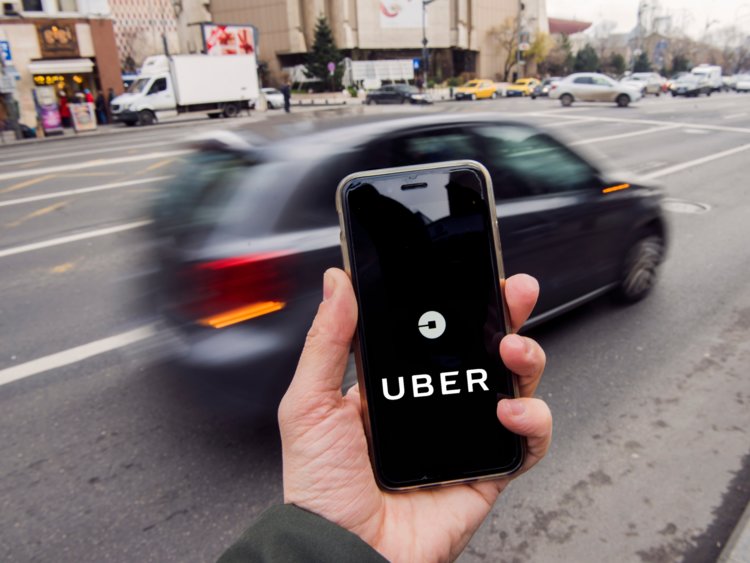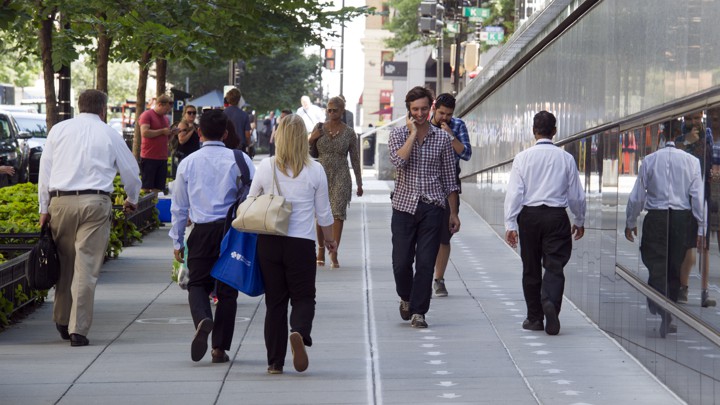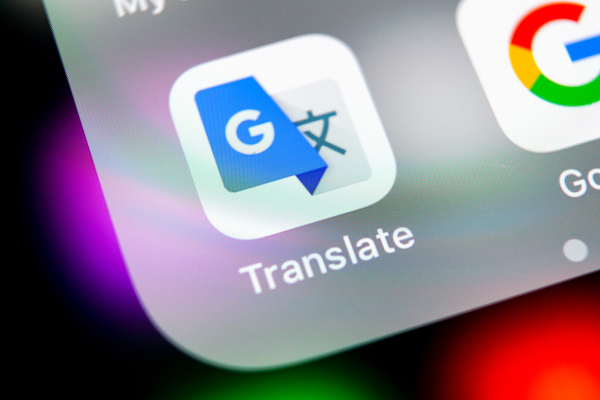5/5 (1) Uber has updated its app in a way that CEO Khosrowshahi has branded as the beginning of Uber’s step to becoming the ‘Amazon of transportation’ (Hawkins, 2019). The app includes new elements such as Bike lane alert, Improved Real-Time ID check and Verify your ride (Vasile, 2019). Besides new safety features, the app will now integrate UberEATS so riding and ordering can be done in one app, under the same Uber umbrella. More about the safety features later, first let’s take a look at why the company decided to also integrate public transit information into its app and why it believes that this will be useful since we already have an app for this (Google Maps, anyone?).
Uber is trying to expand from simply being an app to becoming a true platform business, targeting city life and transportation. As Khosrowshahi put it: “We want Uber to be the operating system for your everyday life” (Nuttall, 2019), meaning that it is attempting to build a complete experience for their consumers and aims to become a city life partner on all fronts: food, ride-hauling and even public transit. In a recent interview with The Verge’s reporter Andrew Hawkins, Uber’s CEO revealed the company’s ambitions in providing a platform that not only provides information but allows you to take action, advancing previous CEO Kalanick’s goal to brokerage all human movement in cities (Hawkins, 2019). However, what makes the Uber app more special than for example Google Maps or Citymapper? Khosrowshahi demonstrates the app and explains how it will be a comparable experience but provide all services in one place and allows customers to take action in the application, increasing app engagement which will provide more business (read: data) down the road (Hawkins, 2019). The choice to integrate public transit information, and eventually ticketing, into the app was not motivated by money: Khosrowshahi simply explains that it hopes to complement transit, offer Uber users all options and therefore cater to the individual user’s needs, whether that be timeliness or budget. Khosrowshahi says the company aims for profitability in the long run, achieved by creating “the right solutions for consumers, even if it’s not making them money” (Hawkins, 2019).
The decision to incorporate transit information is not entirely random, as Uber, Lyft and other ride-hailing apps have been proven responsible for declining rates of public transit usage; both rail and bus ridership falling by 1-2% after the entrance of a ride-hailing app into the market (Graehler et al., 2019). As clarified by the CEO, Uber wants to complement transit, beside the fact that it has competition anyways, it merely wants to provide its users with all options, not compete or draw customers away from public transit. Uber released its beta version where users can see transit schedules, directions and some ticketing options in a few cities like San Francisco, Mexico City and Paris on September 27th (Hawkins, 2019).
Some other features in the app were included to improve the privacy and safety of both riders and drivers. The most important feature being Verify Your Ride, which uses a four-digit pin code that needs to be verbally communicated to drivers, to ensure riders meet their paired drivers and do not take the wrong car (Vasile, 2019). Other features encompass a 911-alert function through the app, as well as Bike lane alert that notifies riders when they get dropped off near bike lanes to prevent ‘dooring’ bicyclers. Lastly, the company incorporated a better Real-Time ID Check to guarantee Uber drivers match the account in the company’ systems. All these features are implemented to increase safety surrounding Uber after significant security-related issues in the past.
This update sounds good, but these new features also sound like they should have been incorporated all along and are targeted at relieving the pressure the company has faced around privacy and safety issues in the past, think Grey Ball and God View (Hawkins, 2019). The company has improved its firewalls and introduced a Report Safety Incident function that allows riders to report concerns during their trip (instead of only after), to regain riders’ trust and prevent future reports of kidnappings, sexual assaults and sometimes even deaths that have occurred in the past (Silicon Canals, 2019).
Uber has not only struggled with safeguarding its users but also has reported billions in losses over the past years and is of yet unable to turn its business profitable. With a $3 billion operating loss and an accumulated deficit of almost $8 billion in 2018, the company could be in serious trouble now that its earnings are being monitored as it has issued its IPO earlier this year (Poletti, 2019). Since the innovative self-driving cars will most likely not arrive soon enough to save Uber business model, their unprofitable business model will probably result in price hikes for rides to cover costs and improve profitability, but will riders accept these higher prices or simply revert to one of the many alternatives (public transit, Lyft, grab etc.). Further, major investors’ lockup periods are about to end in early November, which might have disastrous consequences for the company’s stock. The financial and security matters are enough to get investors worried, yet Uber also faces legislative and environmental challenges. A few examples are the AB5 California bill undermining its current business model by enforcing drivers to be recognised as employees that receive benefits, democratic candidates placing blame on Uber and Lyft for increased congestion problems, and prolonged efforts to retain its operating licenses in European cities like London (Hawkins, 2019).
This leaves the question if Uber will survive the existential crises it is currently strung up in. Despite Uber’s positive claims that it expects to be around in the future, it will first need to survive the present. With many global and local challengers like autonomous driving, Grab, Lyft or Bolt (Silicon Canals, 2019), competition has arrived and a simple app update will not solve the bigger existential threats that are attacking Uber from all fronts: legislative, financial and environmental. Do you think Uber will crawl its way to the top and become the urban city life-app it desires to be, or will it fall from grace and be forced out of business by financial and legal difficulties?
Leave your thoughts and comments below!
References
Graehler, M., Mucci, A., & Erhardt, G. D. (2019). Understanding the Recent Transit Ridership Decline in Major US Cities: Service Cuts or Emerging Modes?. In Transportation Research Board 98th Annual Meeting, Washington, DC, January.
Hawkins, A. J. (2019). Exclusive: INSIDE UBER’S PLAN TO TAKE OVER CITY LIFE WITH CEO DARA KHOSROWSHAHI. [online] The Verge. Available at: https://www.theverge.com/2019/9/26/20885185/uber-ceo-dara-khosrowshahi-interview-exclusive [Accessed 30 September 2019).
Nuttall, C. (2019). All hail Uber’s everything app. [online] Financial Times. Available at: https://www.ft.com/content/85e5b38e-e149-11e9-9743-db5a370481bc [Accessed 30 September 2019].
Poletti, T. (2019). Opinion: Uber and Lyft IPOs mean the cheap rides are coming to an end. [online] MarketWatch. Available at: https://www.marketwatch.com/story/uber-and-lyft-ipos-mean-the-cheap-rides-are-coming-to-an-end-2019-05-09 [Accessed 30 September 2019].
Silicon Canals (2019). Uber to focus on rider’s safety with new features, but here are 7 alternatives if you’re in London. [online] Silicon Canals. Available at: https://siliconcanals.com/news/startups/uber-focus-on-riders-safety-new-features/ [Accessed 30 September 2019].
Vasile, C. (2019). Uber launches new mobile app, adds important new features. [online] phoneArena.com. Available at: https://www.phonearena.com/news/Uber-new-mobile-app-new-features_id119278 [Accessed 30 September 2019].











